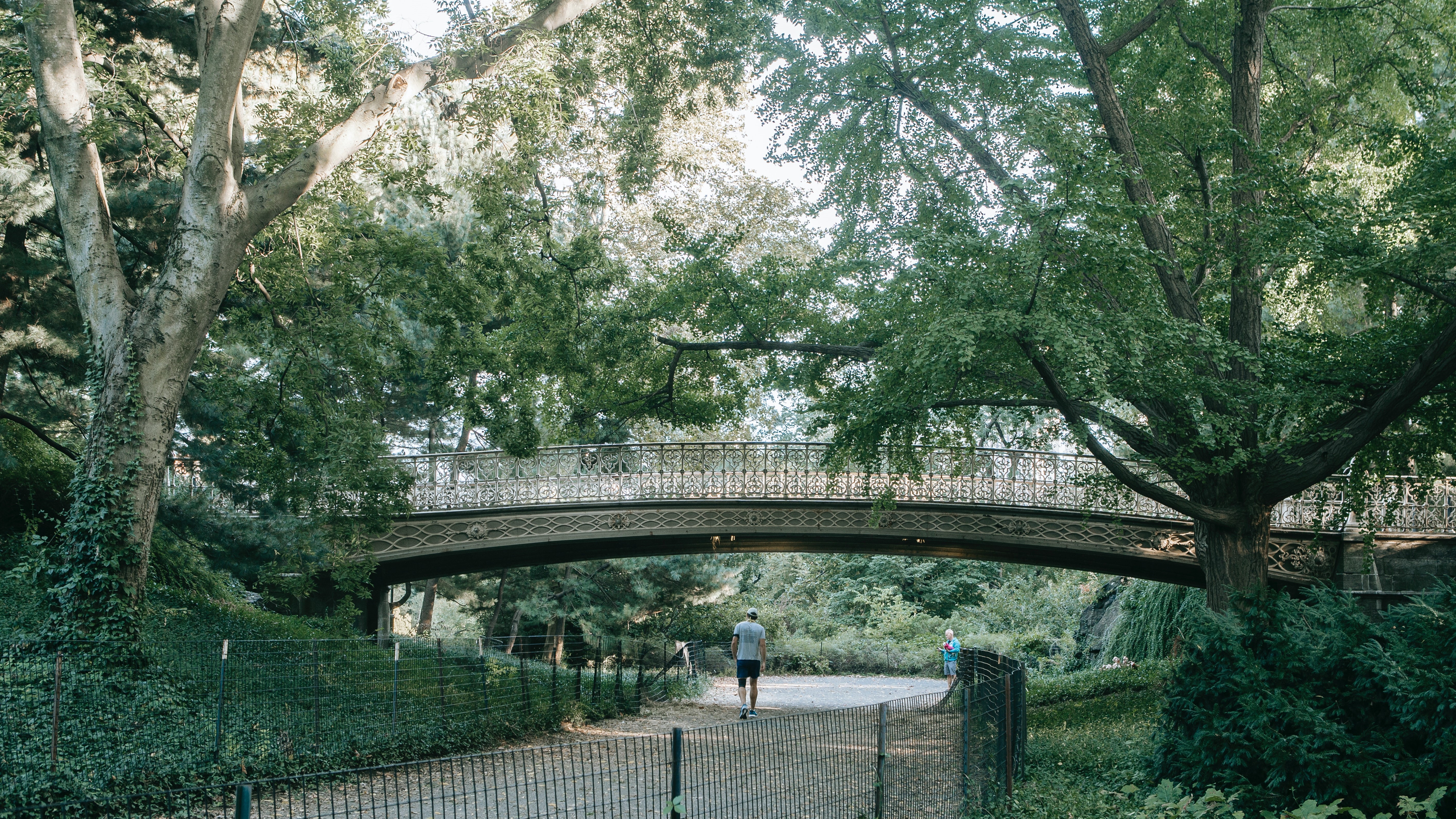
The 3-30-300 rule is an easy yet promising tool to guide urban forestry programmes, and design greener and more inclusive cities.
Urbanization and environmental degradation trends have been increasing exponentially in the last few decades, forcing us to rethink the way we plan and interact with urban environments. Within this framework, Nature-based Solutions (NbS) can provide a useful tool to address these issues. Particularly, trees and urban forests are considered effective NbS to promote greener, healthier, and more resilient and liveable cities. In the past years, the European Commission has encouraged the use of this type of solutions to bring nature back into the cities. However, the implementation of urban forestry programmes is often complicated by the different stakeholders involved and the interdisciplinary nature of this subject. In addition, there is no general rule on how to build urban forests. Given the peculiarity of each city, with regard to climate, administration, ecosystems, and size, it is difficult to design a rule that can be applied everywhere. Nevertheless, general guidelines can be provided in order to simplify the initial process. This is made even more urgent given the current climate crisis and the need for consistent action to be taken.
Against this background, Cecil Konijnendijk of the Nature Based Solutions Institute designed the 3-30-300 rule as a guiding principle for urban forestry programmes. The aim of this rule is to ensure that the entire urban population has good and equal access to green spaces and the benefits they provide. Indeed, the rule recognises that having a large tree canopy cover is not sufficient for a city, especially if it is not likely be evenly distributed. This will affect marginalised communities, which usually have little access to urban trees and green spaces in their neighbourhood. Therefore, the rule was developed to bring nature closer to people, in their neighbourhood, on their doorsteps, and in every place they live, work, and play.
How does the 3-30-300 rule work?
3 is the minimum number of trees everyone should be able to see from their home. Extensive research demonstrates the importance of nearby and visible green for mental health and wellbeing. The COVID-19 pandemic has stressed this aspect even more, leading to increased awareness on the benefits of nature.
30 refers to the percentage of tree canopy cover every neighbourhood should have. Urban forest canopy provides better microclimates and air quality, it reduces noise, and also has positive impacts on physical and mental health. In this regard, 30% represent the minimum threshold for a canopy cover to be effective, especially in terms of human health and wellbeing. In addition, greener neighbourhood can encourage people to spend more time outdoor and be active, and to interact with their neighbours, promoting social wellbeing. Many cities around the world – such as Barcelona, Bristol, Seattle, and Vancouver – have already set a target of achieving 30% canopy cover. Finally, where conditions do not allow trees to grown and thrive, the target should be 30% of vegetation.
300 stands for the maximum amount of metres from the nearest park or green space. Many studies have underlined the importance of proximity and easy access to green spaces. Specifically, the European Regional Office of the World Health Organisation recommends a maximum distance of 300 meters from the nearest green space, consisting of at least 1 hectare. This can have a positive impact on physical and mental health by encouraging the recreational use of green spaces. In this case, it will be important to work within the local context and adapt the rule to the different needs of lower-density or more dense suburban areas. Anyways, efforts shall be made to provide access to high-quality urban green spaces. Concerning this, it is important to note that the term green space does not necessary refer to park-like spaces. Linear green corridors with substantial vegetation, seating, and areas to play and exercise can be, and should be, taken into consideration too.
In conclusion, the 3-30-300 rule represents a useful guideline for the implementation of urban forests. One of the strongest aspects of this rule is that it is easy to communicate, which is very helpful when support from different stakeholders is needed. Finally, while adaptations and adjustments will be necessary in some contexts, when applied this rule will improve and expand urban forests in many cities. In addition to environmental benefits, greener cities will have a positive impact on health and wellbeing for urban populations too.